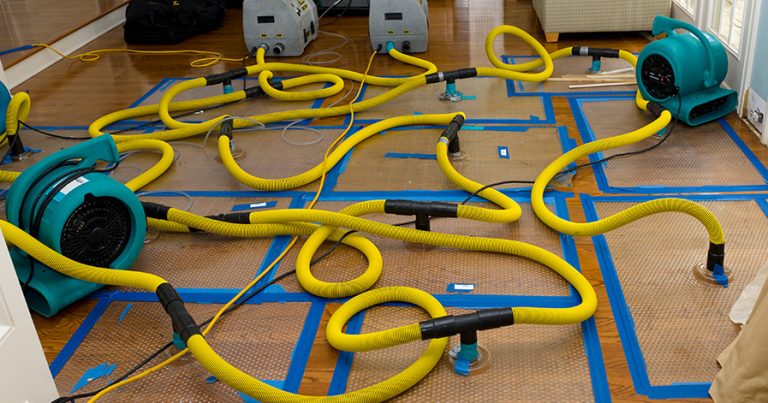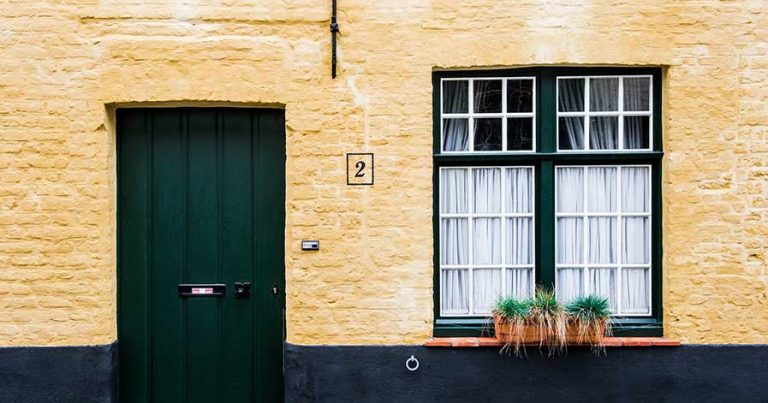What Steps to Take Following a Flood in Your Home
Recovering from a Flood
Water damage is a lot more common than most people realize and can result from a number of causes. A blocked drain, an overflowing bath, a leaking pipe or a wayward washing machine hose can all cause massive water damage in a short space of time. Even faster and more traumatic is water damage resulting from an earthquake, hurricane, flood or after a fire has been extinguished.
Other causes of water damage include faulty sprinkler systems, a roof leak, sewer backup, toilet overflow, water heater malfunction, snow or ice damage, frozen pipes and leakage from the foundation.
As you can see, there are a vast number of factors that could result in water damage and this is why it is fairly common. In some cases, if the problem is identified quickly, the damage is minor and isolated. In many instances, it is more widespread, often devastating.
Tips to Avoid Water Damage
Makes sure you know where to shut off the water supply in the case of an emergency. It is surprising how many people panic when there is a sudden leak and have no idea how to turn the main water supply off. Getting to it quickly can reduce the damage in the event of a burst pipe, sudden leak or any issue that may potentially cause water damage.
Keep an eye on your monthly water bill. Often, leaks can go undetected. One way of discovering them before they do ongoing extensive damage is by watching for any sudden changes in the water bill. This could give you early warning to issues that need to be located and fixed as quickly as possible.
Install smart water leak detectors. These clever devices can be placed in strategic areas in a building to detect water where it should not be. They operate wirelessly and can automatically shut off the water supply and send an instant notification to you. This is like a smart smoke detector but for water. It can minimize the damage and allow you to address it quickly, further reducing the extent of the damage.
Reducing the Risk of Water Damage
There are a number of things you can do to reduce the risk of water damage.
- Check all pipes, plumbing, connections and hoses regularly. Inspect them for leaks, damage and any other potential risks.
- Check all appliances regularly.
- Maintain water heaters.
- Repair any damage or potential threats as soon as possible. Never leave a problem.
- Keep the roof in good repair.
- Clear gutters regularly.
- Test the sump pump annually.
What to Do If the Damage Is Minor
If the water damage has not caused extensive damage you can attempt a clean-up yourself. Before you start, make sure there is no electrical risk. If in doubt, turn off the main electricity switch.
- You want to get rid of as much of the water as possible, as quickly as possible. This can be done by mopping and blotting with towels.
- Remove all furniture, upholstery, rugs and other movable items to prevent water damage. Wipe them down to remove as much water as possible and put them is a safe place to dry out.
- Turn on all fans and set the air conditioner to maximum.
- If there is no rain, open all doors and windows.
How Water Damage Restoration Works
All the care in the world cannot prevent all water damage and there is always a risk. In the event that you have a serious water damage situation, it is important to act as quickly as possible. The faster the water is removed and restoration begins, the less damage is likely to occur.
While waiting for the professionals to arrive, exercise extreme caution. There are a number of risks such a slipping, falling debris and electrical shock. If the area is not safe, evacuate and leave it to the experts.
A good water damage restoration company can be trusted to get to the site in a short amount of time. Once they are there, this is the process that will be followed:
Inspection and Assessment
As trained and experienced professionals, they will determine the source of the water and stop it. They then identify the specific type of water and check for any contamination.
The water types are:
- Category 1 – White
- Category 2 – Gray
- Category 3 – Black
They will check for any safety issues and then inspect the area and assess the damage. Before moving onto the next step, they will remove all furniture and other items in the area.
Water Extraction
Using powerful submersible pumps and specialized wet/dry vacuum cleaners, they will quickly remove all the water.
Drying and Dehumidification
Once the water is out, they can begin to dry the area. They have specialized equipment to do this and measure the results as they go. Powerful dehumidifiers and strong fans are used until the area is dry.
Cleaning and Odor Restoration
The final stage in the process is to clean the area, make repairs where necessary and get rid of the musty wet smell. Again, a professional water damage restoration company has the right equipment as well as training and experience to clean the area and restore the odor. Any necessary repairs and replacements will be done.
Final Thoughts
Water damage can be devastating and extremely unsettling. Having the right professional water damage restoration company helping you will ensure that the damage will be attended to in a fast and efficient manner. Soon, life will be back to normal.

